Doña Blanca near El Puerto de Santa Maria in Cadiz province, is considered to be the most extensive surviving Punic river port in the Mediterranean and the only Phoenician city to be preserved intact to this day
By Nick Nutter | Updated 15 Jun 2022 | Cádiz | Places To Go |
Login to add to YOUR Favourites or Read Later
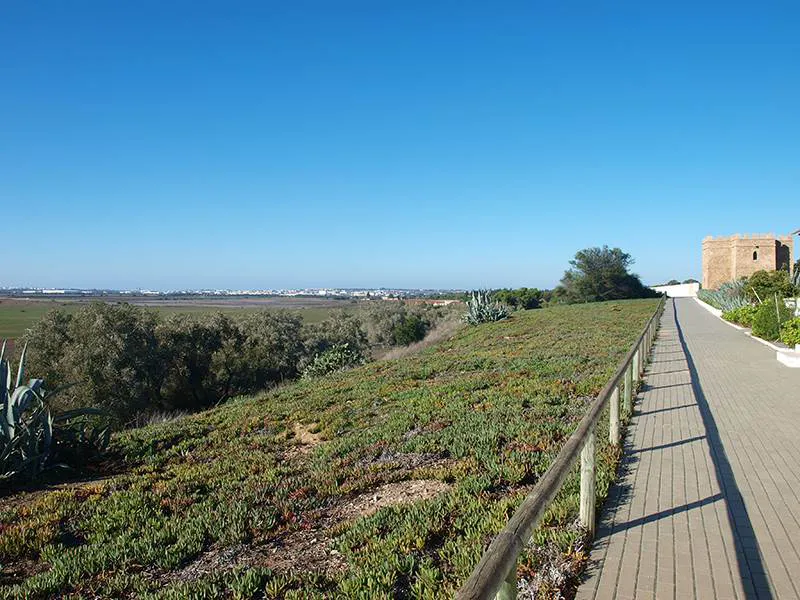
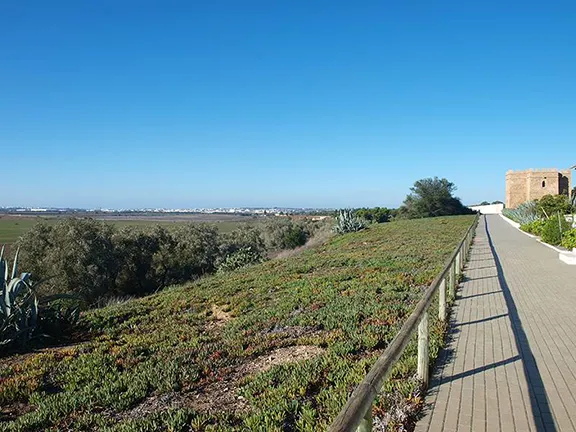
Doña Blanca looking towards Cadiz
The archaeological site of Doña Blanca near El Puerto de Santa Maria in Cadiz province, is considered to be the most extensive surviving Punic river port in the Mediterranean and the only Phoenician city to be preserved intact to this day. The enclave that you can visit today is only a small part of the 200 hectare site.
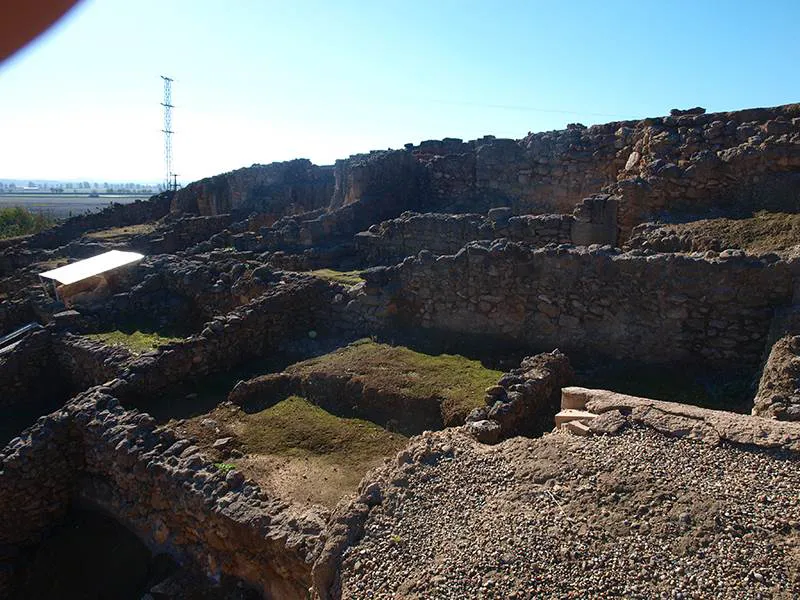
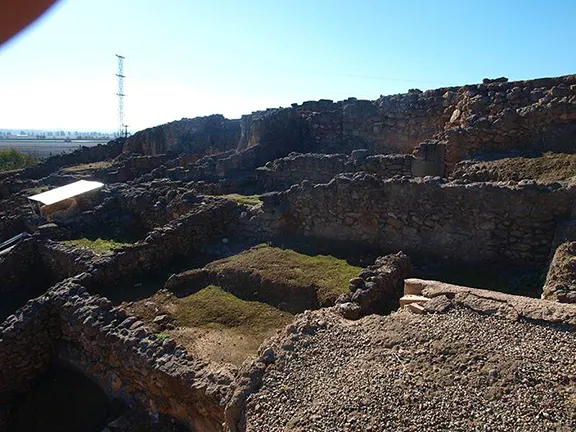
Doña Blanca enclave
Towards the end of the 3rd millennium BC, the archaeological site of Doña Blanca was a promontory projecting into a much-enlarged Bay of Cádiz. The Copper Age people of that time built a settlement consisting of round huts with a stone base and mud walls, typical of habitations at that time. The Copper Age settlement of La Dehesa has only been partially excavated.
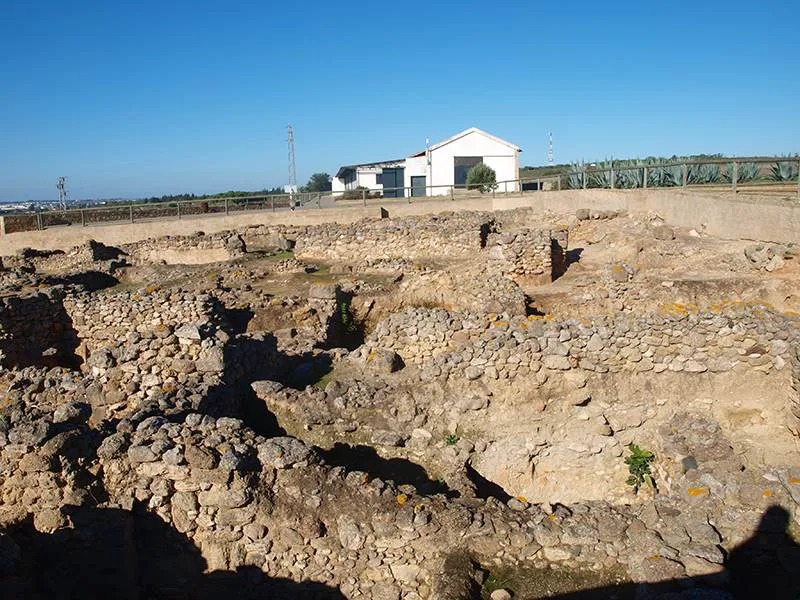
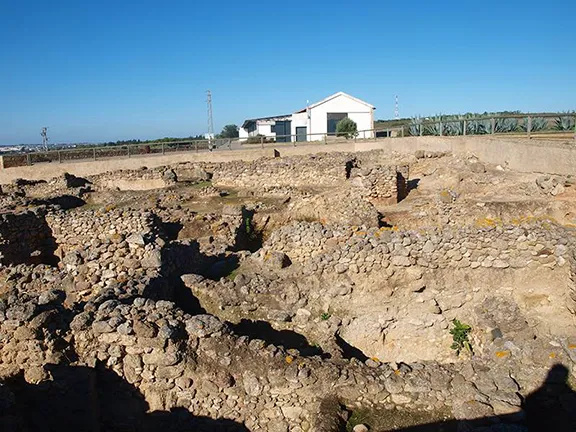
Doña Blanca enclave
The next stage of the development of Doña Blanca occurs in the middle of the 8th century BC and the site is known as the Torre de Doña Blanca, from the name of the 12th century AD tower on the site.
Torre de Doña Blanca is a tell, an artificial mound, of approximately rectangular shape, of about 300 x 200 m in surface and approximately 7 or 8 metres of archaeological fill levels. This implies a continuous occupation from the first half of the 8th century to the middle of the 3rd century BC. In the first half of the 8th century BC, the slopes closest to the water were occupied and, later, occupation spread throughout the space that the site currently occupies.
Several rooms from the 8th century BC have been excavated corresponding to a Phoenician neighbourhood located outside the walls and close to the port area. The room units are rectangular or square and are arranged in terraces taking advantage of the unevenness of a small natural elevation.
The town was surrounded, from its beginnings, by a wall that has been located at various points. Some sections are almost 3 metres high and 1.50 wide, sitting on a stone plinth 2 metres wide and 1 metre high. In other sections, casemates have been found attached to the wall, evidencing a clearly oriental influence.
The life of the town was most active during the 7th century BC, at which time three construction phases have been documented in the excavated surface. This Phoenician settlement will eventually become a Turdetani development around the 5th century BC, with a new urban structure surrounded by a new and different defensive system.
Torre de Doña Blanca town was finally abandoned at the end of the 3rd century BC. The population moved to the current site of El Puerto de Santa María. Torre de Doña Blanca remained unoccupied until a small settlement gathered around the 12th century AD tower.
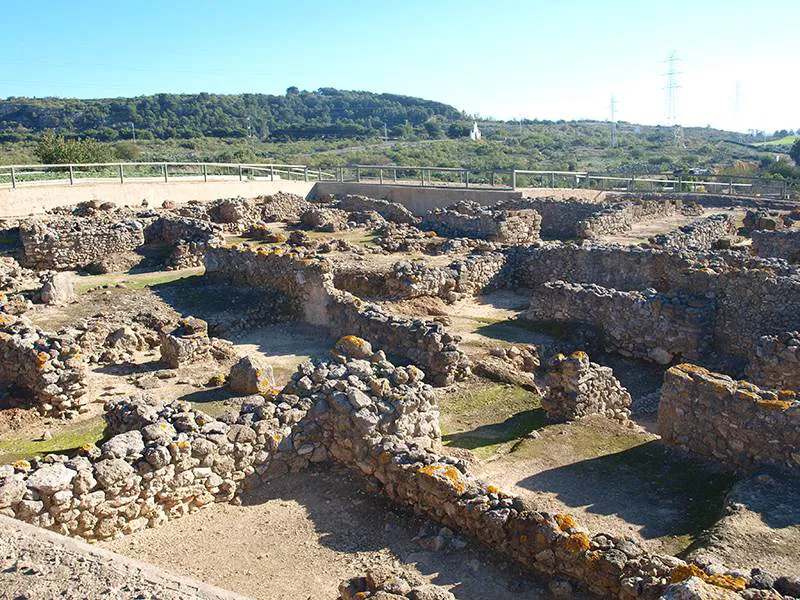
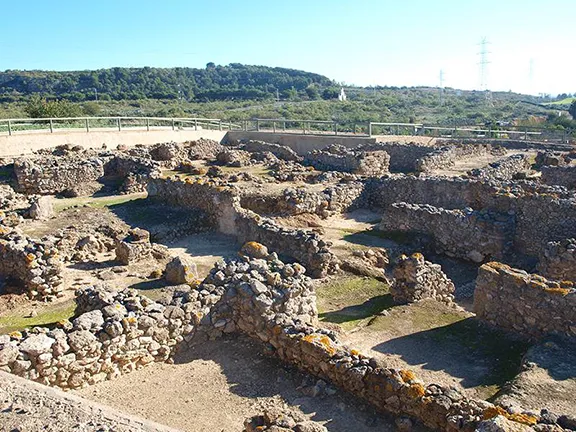
Doña Blanca with Sierra de San Cristóbal in background
Outside of the walls of Torre de Doña Blanca, is the 4th century BC town of Sierra de San Cristóbal that developed as a result of the expansion of the Torre de Doña Blanca settlement outside its walls. This town presents a developed urbanism, with streets and houses distributed in rectangular lots, as well as a series of industrial facilities. This sector is in the process of excavation.
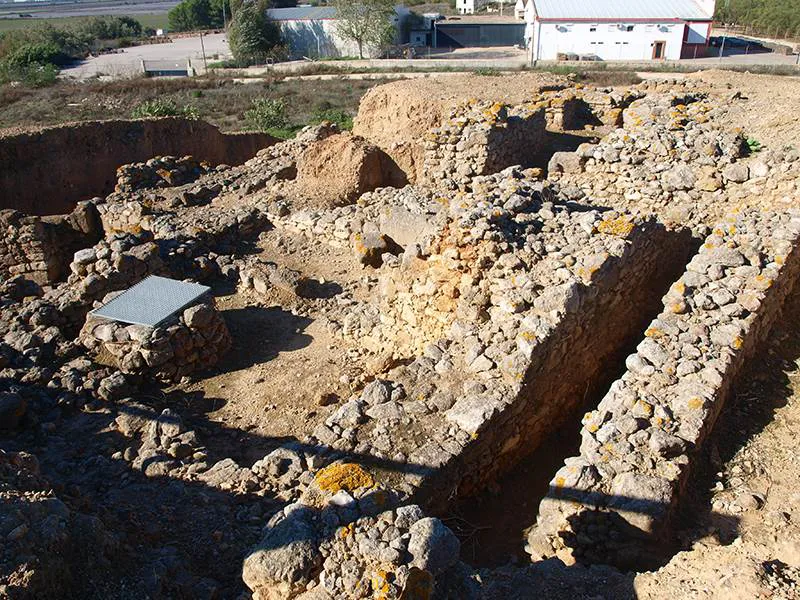
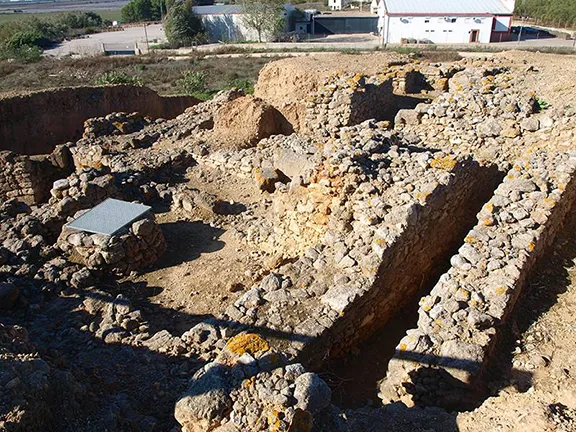
Doña Blanca enclave
The Necropolis of Las Cumbres extends along the southern slopes of the Sierra de San Cristóbal , just to the north west of Torre de Doña Blanca , where the burials are arranged in groups, on natural elevations or mounds. So far three basic types of burials have been located: Large burial mounds containing pit cremations surrounding a central ustrinum. They are the oldest burials.
Burial mounds covering masonry chambers, probably circular. Many of them were looted during the last century; those that have been analysed have a central chamber built with masonry, with plastered and painted walls. Sometimes two of these chambers have been found, linked by a corridor, under the same mound. They are dated to between the 7th and 5th centuries BC.
Hypogeums excavated in natural rock, whose structure is covered with an artificial mound of earth and stones. Among those excavated, the best known is the one called "of the sun and the moon." This burial is in the lower part of a low rocky prominence. The entrance is made through a quadrangular hole, approximately 1.80 metres deep, which is accessed by two steps in the corners. At the end of it there is a room with a circular plan and a flattened roof. The entrance door to the tomb is located in the centre of the façade, it is rectangular in shape and sits on a stone threshold.
The chamber is circular, 3 metres in diameter and 1.65 to 1.70 metres high, with curved walls and a flattened ceiling supported on a robust pillar with a quadrangular section. At the end opposite the door a rectangular niche opens, where the ashes were deposited.